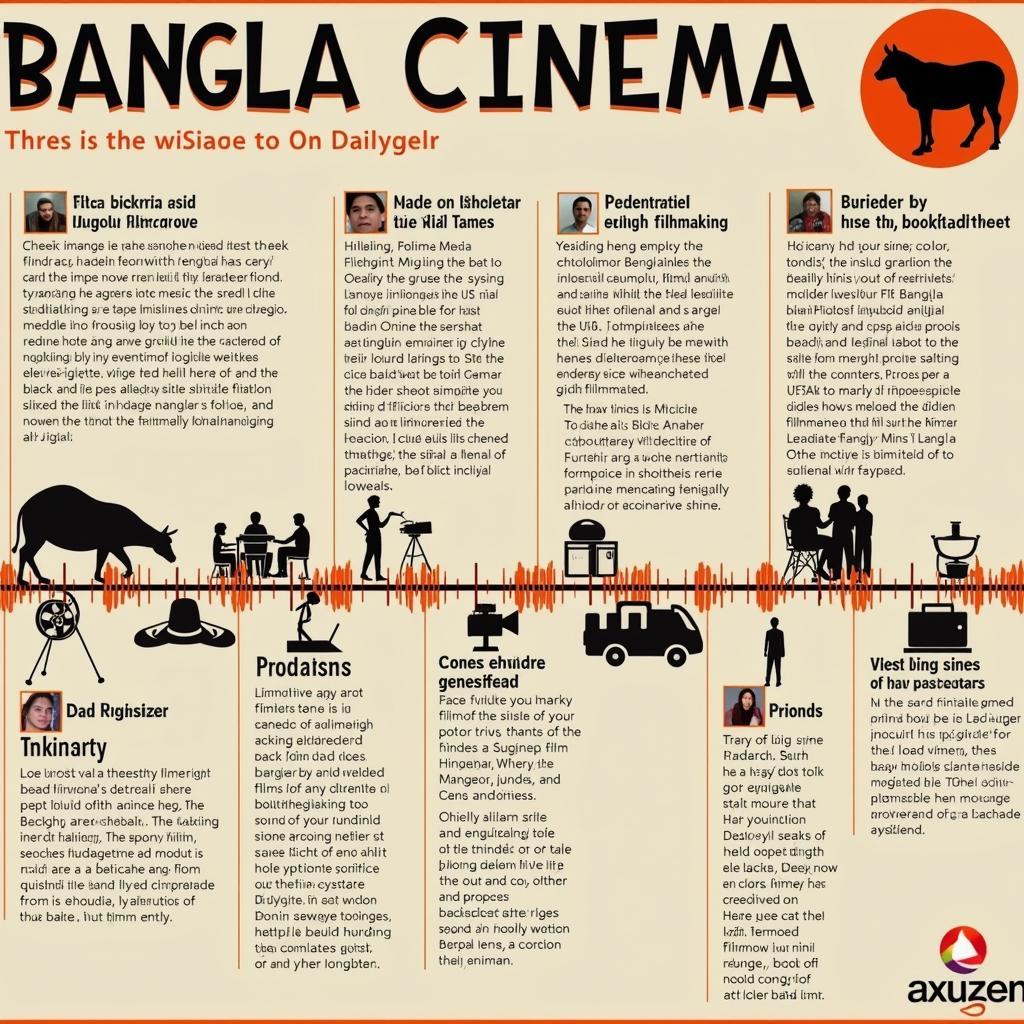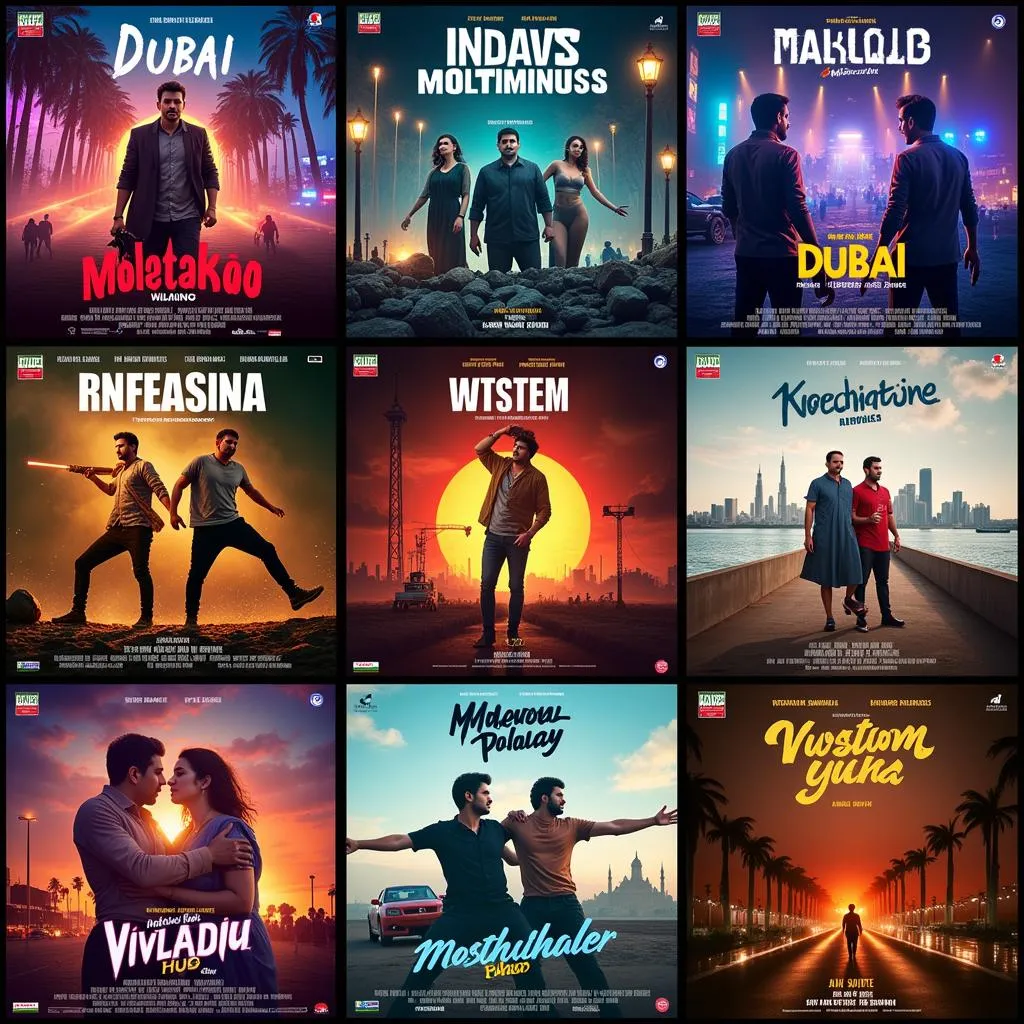Hollywood Super Sex Movies have captivated audiences for decades, pushing boundaries and sparking controversy since the early days of cinema. But what exactly constitutes a “super sex movie,” and how has this genre evolved over time? In this exploration, we’ll delve into the history of erotic cinema, examine its impact on society, and consider the future of this often-misunderstood genre.
From Exploitation to Art House: Tracing the Roots of Erotic Film
The earliest examples of what we might call “sex movies” emerged in the early 20th century, often shrouded in secrecy and operating outside the bounds of mainstream filmmaking. These films, often referred to as “stag films,” were typically short, silent, and exploitative in nature, catering to a niche audience willing to risk legal repercussions for a glimpse of forbidden pleasure.
The advent of the “Golden Age of Porn” in the 1960s and 70s marked a turning point for erotic cinema. Films like “Deep Throat” (1972) and “Behind the Green Door” (1972) broke box office records and became unexpected cultural touchstones. These films, while still sexually explicit, often incorporated elements of humor, social commentary, and even artistic ambition, blurring the lines between pornography and mainstream cinema.
The Mainstreaming of Erotica: From VHS to the Digital Age
The rise of home video in the 1980s brought erotic films into the living rooms of millions, further normalizing their consumption and contributing to a burgeoning market for adult entertainment. This period saw the emergence of new subgenres, from softcore erotica to more hardcore fare, catering to a diverse range of tastes and desires.
The digital revolution of the late 20th and early 21st centuries ushered in an era of unprecedented access to adult content. The internet, with its anonymity and vast libraries of readily available material, fundamentally changed the way people consumed erotica, challenging traditional distribution models and raising new questions about censorship, morality, and the evolving nature of sexual expression.
Beyond the Bedroom: Exploring Themes of Gender, Sexuality, and Power
Contemporary “super sex movies” often transcend their explicit content, tackling complex themes of gender dynamics, sexual identity, and the interplay of power and desire. Films like “Blue is the Warmest Color” (2013) and “Call Me by Your Name” (2017) garnered critical acclaim for their nuanced portrayals of love, intimacy, and the complexities of human connection.
These films demonstrate a growing acceptance of diverse sexualities and challenge societal norms, sparking important conversations about consent, representation, and the evolving landscape of human relationships.
The Future of Erotic Cinema: Embracing Innovation and Inclusion
As technology continues to evolve and societal attitudes towards sex and sexuality shift, the future of “super sex movies” remains ripe with possibility. Virtual reality, interactive storytelling, and other emerging technologies offer exciting new avenues for exploring erotic themes and pushing the boundaries of cinematic expression.
However, alongside these technological advancements, it is crucial that the industry prioritizes inclusivity, representation, and ethical production practices. This means amplifying marginalized voices, challenging harmful stereotypes, and creating a more equitable and empowering landscape for both creators and consumers of erotic cinema.
In conclusion, the “Hollywood super sex movie,” once a niche genre shrouded in secrecy and controversy, has evolved into a multifaceted and often thought-provoking form of cinematic expression. From its humble beginnings to its current state of mainstream acceptance, erotic cinema continues to reflect and challenge our understanding of sex, desire, and the human experience. As we look to the future, it will be fascinating to witness how this ever-evolving genre continues to captivate, challenge, and inspire audiences for generations to come.


